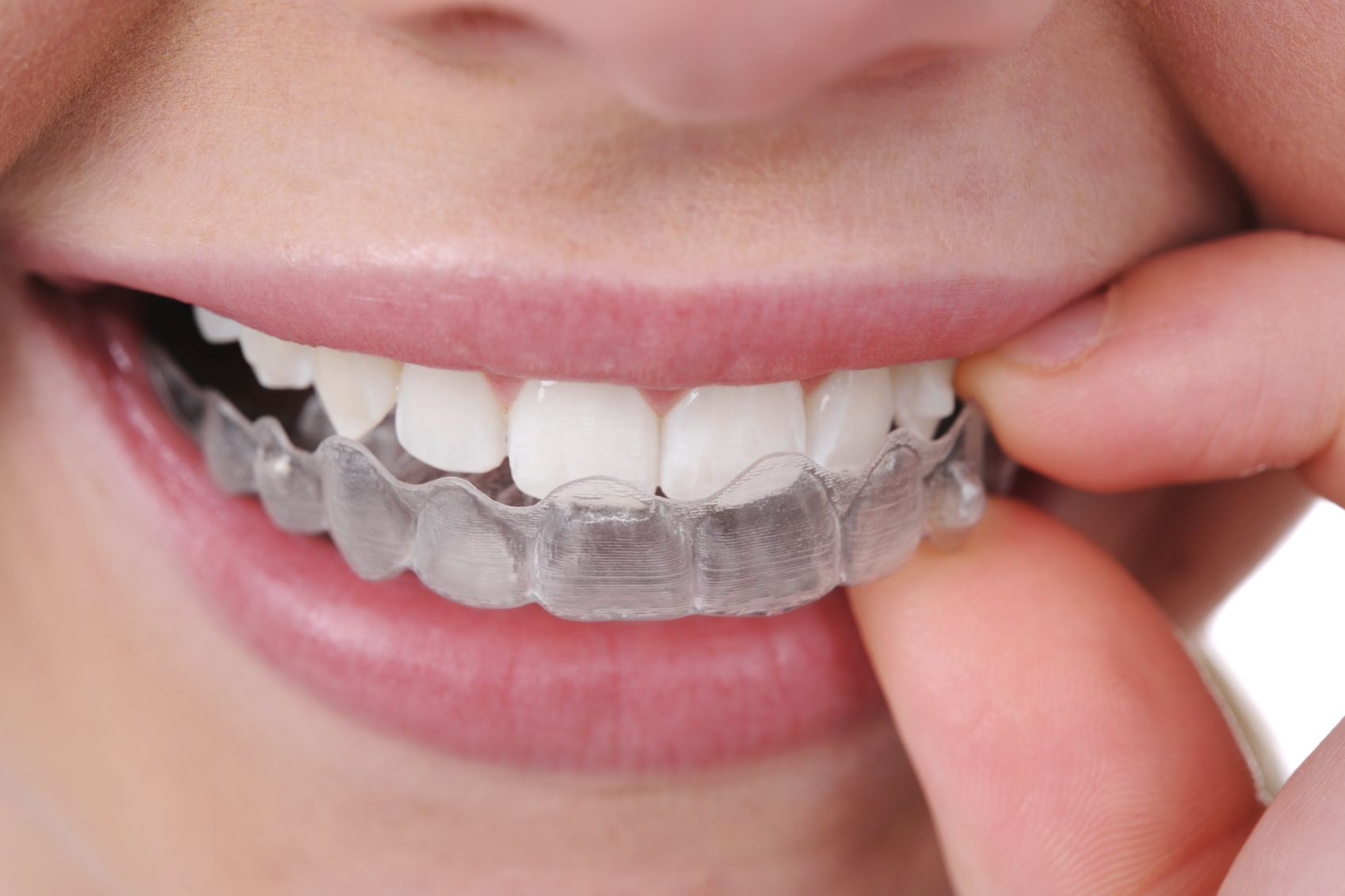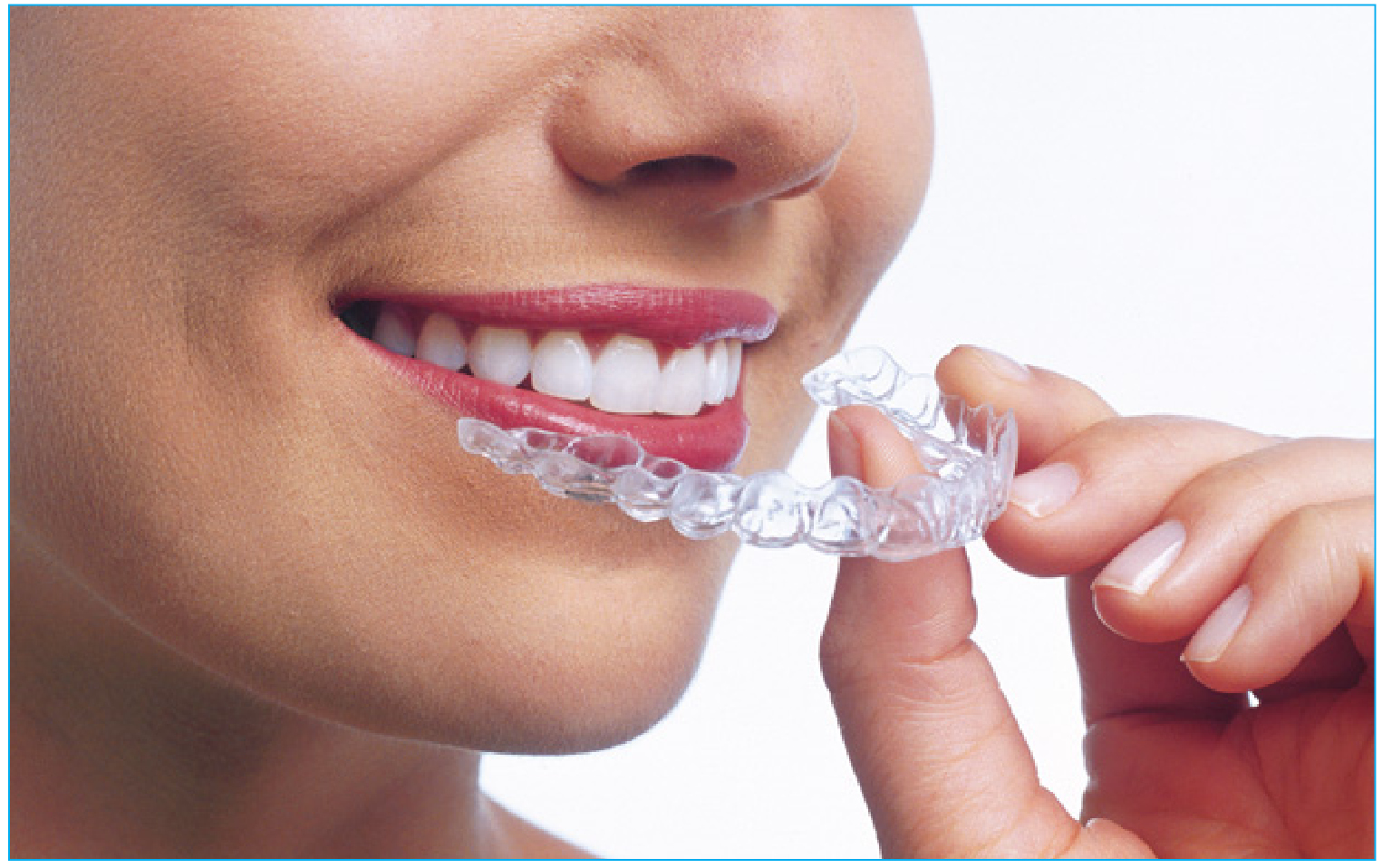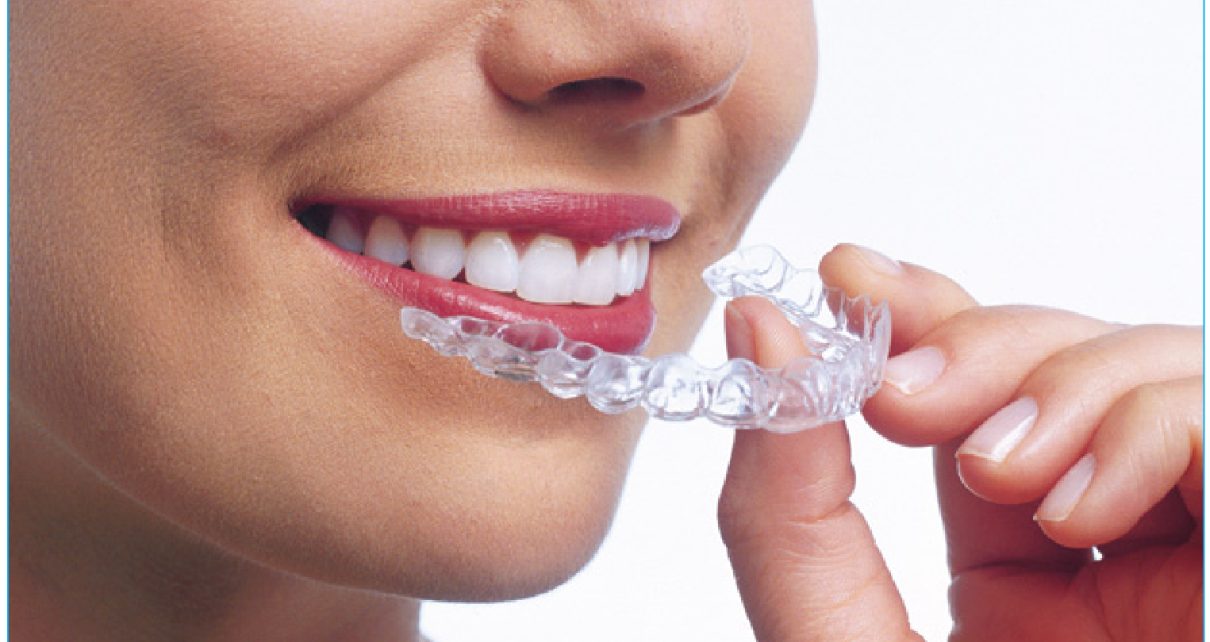Many aspire to achieve a bright and confident smile, and advancements in cosmetic dentistry have made it more attainable than ever before. Two popular options for enhancing your smile are clear teeth aligners and veneers. In this article, we will compare clear aligners and veneers to help you determine which option is right for your specific needs and goals.
1. Understanding Clear Teeth Aligners
Clear teeth aligners, such as Invisalign, have gained popularity for their discreet approach to straightening teeth. These transparent, removable aligners gradually shift teeth into their desired positions. Clear aligners are an excellent choice for individuals with mild to moderate dental misalignment issues, offering a nearly invisible and convenient solution.

2. Exploring Dental Veneers
Dental veneers, on the other hand, are thin shells made of porcelain or composite resin that are custom-fitted and bonded to the front surfaces of your teeth. Veneers are primarily used for cosmetic purposes and can address many aesthetic concerns, from tooth discoloration to chipped or misshapen teeth.
3. Correcting Misalignment and Gaps
Clear teeth aligners are preferred for individuals with orthodontic issues such as crooked teeth, overbites, underbites, or gaps between teeth. Invisalign and similar aligner systems can correct these misalignment problems by gradually moving the teeth into their proper positions.
4. Teeth Whitening and Stain Removal
Dental veneers may be the better option if your primary concern is tooth discoloration or stains. Veneers can provide a bright and uniform appearance by covering the front surface of discolored teeth. They are particularly effective for individuals with deep stains that may not respond well to traditional teeth whitening methods.
5. Addressing Minor Cosmetic Issues
Clear teeth aligners are designed to address mild to moderate orthodontic issues and are not primarily intended for cosmetic purposes. However, they can improve the overall appearance of your smile by straightening misaligned teeth. Clear aligners might be the ideal choice if you have minor cosmetic concerns along with misalignment.
6. Durability and Longevity
Dental veneers are known for their durability and long-lasting results. Veneers can last 10 to 15 years or more with proper care and maintenance. Clear aligners, on the other hand, are designed for temporary use during orthodontic treatment. Once the treatment is complete, patients are typically advised to wear retainers to maintain the results.
7. Cost Considerations
Cost can be a significant factor in deciding between clear teeth aligners and veneers. In general, clear aligners are a more cost-effective solution for straightening teeth, while veneers tend to be more expensive due to the customization and craftsmanship involved. Discussing your budget with your cosmetic dentist and exploring available financing options is essential.
8. Consultation with a Cosmetic Dentist
Ultimately, the decision between clear teeth aligners and veneers should be made in consultation with a cosmetic dentist. A professional assessment of your dental condition, aesthetic goals, and budget will help determine the most suitable option for your unique needs. Your dentist can provide valuable insights and recommend the best treatment plan to achieve your desired smile.

In conclusion, clear teeth aligners and veneers have their own advantages and are tailored to different dental concerns. Clear aligners excel in correcting misalignment and mild cosmetic issues, while veneers are ideal for teeth whitening and addressing more extensive cosmetic concerns. To make an informed choice, consult with a cosmetic dentist who can assess your specific situation and guide you towards the best treatment option for your smile makeover.

